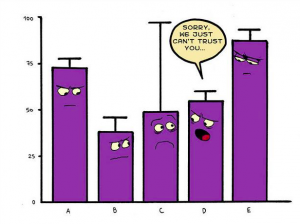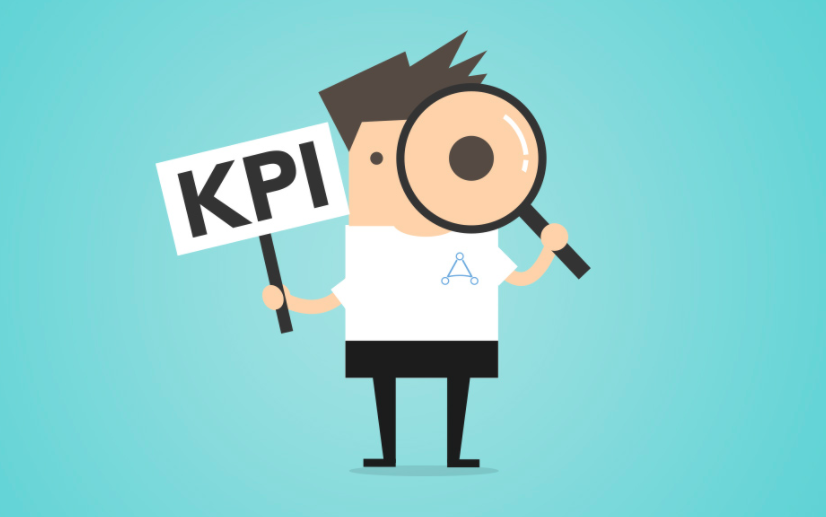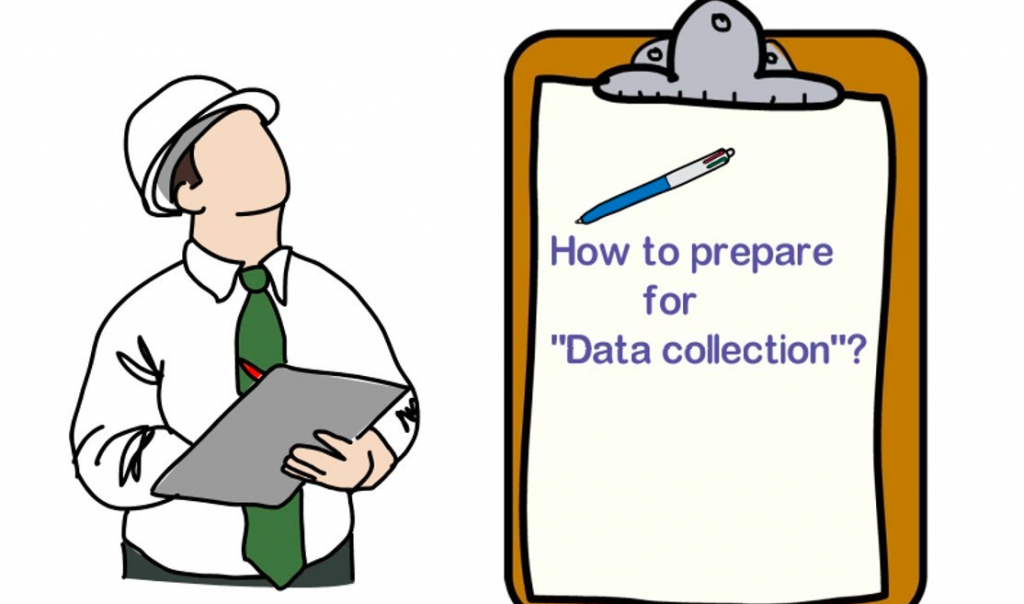
In this post, you will learn about the top 10 data analytics strategies which will help you create successful data products. These strategies will be helpful in case you are setting up a data analytics practice or center of excellence (COE). As an AI / Machine Learning / Data Science stakeholders, it will be important to understand these strategies in order to deliver analytics solution which creates business value having positive business impact.
Here are the top 10 data analytics strategies:
- Identify top 2-3 business problems
- Identify related business / engineering organizations
- Create measurement plan by identifying right KPIs
- Identify analytics deliverables such as analytics reports, predictions etc
- Gather data analytics / science team
- Data collection strategies
- Analytics development methodologies, technologies
- Production deployment strategies
- Analytics solutions adoption by business teams
- Measure continuously and improve
Identify Top 2-3 Business Problems

The most important aspect of data analytics strategy is to identify the business problems which need to be addressed. Many a times, data analytics teams start with spending lot of time (3-6 months) in figuring out what can be extracted from the data. And, end of the day, not much get extracted from data in terms of business value.
On the other hand, when starting with business problems, it helps in staying focused in attaining the business value by defining KPIs, setting up data collection strategy, setting up data team, executing and deploying and finally measuring business value.
The business problems can be found out with the help of key business stakeholders. It would be helpful to understand their VGIs and KPIs to identify top 2-3 business problems which can be solved using analytics based solution.
Identify impacted Business / Product / Engg. Organizations

Once the top 2-3 problems are identified, the next step will be to determine all the business / product and engineering teams will need to be involved in order to carve out the analytics solution. The primary focus will be to understand some of the following:
- Data ownership: The idea is to understand what all data is owned by the concerned business / product and Engg team.
- Data collection: At some point, it would be required to work with the concerned teams on data collection strategy involving data sources, data collection methods etc.
- Product integration & deployments: It would be required to work with these teams during product & analytics solution integration and, deploying analytics solutions for usage of business teams.
- KPIs Measurement / Continuous improvements: It would be required to work with this team in measuring KPIs and identify areas for continuous improvement.
Identifying Right KPIs is Key

The most important part of data analytics strategies is to have a measurement plan in form of Key Performance Indicators (KPIs). The idea is to identify key metrics which will be used to measure your analytics goals.
Let’s take an example of a procurement business problem – Shorten the procurement process cycle. The solution to this problem may represent some of the following:
- Reduction in time for preparing SOW / technical specifications
- Starting the evaluation process on time
- Identify and remove setbacks in contract negotiation
Here is what the Business KPIs may look like, which can be used to measure the effectiveness of analytics solution:
- 50% reduction of time required for preparing the SOW / technical specifications
- Identify and remove top 3 common setbacks related to contract negotiation
Identify Analytics Solutions including Reports / Predictive Analytics
Once the KPIs get identified, the next step can be used to identify / come up with related analytics solutions including traditional reporting / predictive analytics solution which can help achieve business KPIs. The following would need to be done in relation with planning analytics solution:
- Identify 2-3 analytics solution including traditional reporting or predictive analytics solution
- The predictive analytics solution would be based on the machine learning solution
- The reporting solution could be identifying one or more reports which can help in creating actionable insights.
- For predictive analytics solution, it will be important to identify the technical evaluation metrics.
Gather Data Analytics / Science Team

Gathering the right team with the following skillset will be key to achieving success in any data analytics project:
- Data storytelling: There should be few people in the team who is very good at data storytelling. Being good at data storytelling will result in achieving actionable insights from the visualisation reports. This could be a combination of business analysts’ / data analysts’ skills.
- Data visualization: There should be few people having very good knowledge of data analytics toolset which could help in identifying right kind of visualisation reports and use the tool to create the reports. There are various tools such as Tableau etc which can be used for creating visualization report.
- Statistics: It will require a few people in the team to have hands-on experience in applying statistical knowledge to help in hypothesis testing, extracting information from the visualization reports etc.
- Data Science / Machine Learning: There will be needed few people in the team who got good skills with data science / machine learning. This will be required to train one or more machine learning models for solving regression, classification, clustering, recommendation related problems etc
Having Right Data Collection Strategy is Key

Once the problems and solutions are determined / defined and the data analytics team set up, the next important step will be to determine what kind of data is needed and all kinds of data sources which will be used to extract the data. The data sources could be internal or external to the organization. This is a continuous process.
In order to do efficient data collection, one would require to consider different set of tools and frameworks which can be used to gather the data set. The technologies related to big data, data lake takes prominence while thinking through data collection strategy.
Lay out Analytics Development Methodologies, Technologies
Once the analytics solution is defined and teams have been set up and data collection strategies in place, the next steps are some of the following:
- Development methodologies (such as Agile method etc)
- Development lifecycle in case of traditional reports generation, predictive analytics models
- Governance methods to assess quality of deliverables
- Tools & frameworks which will be used for development
- Product integration strategies for integrating analytics solution to different products for end users to use analytics solutions
- Application architecture for enabling analytics solutions
Production Deployment Strategies
One of the important aspects of taking the analytics solution to the end users is how we deploy these solutions in the production. Given that the analytics solutions can be served to multiple customers (internal or external), the solutions might require to be multi-tenant. In addition, different products may choose to adopt the solutions at different point in time. The release cycle of analytics solution would need to be planned appropriately. The versioning of analytics solution is also important.
Analytics Solutions Adoption by Business End Users
After the analytics solution is moved into the production, the next important step is to make sure that the solution reaches to the end users and that the end users adopt the solution. This requires appropriate training to end users, regular follow-ups in order to make that the end users are onboarded with the solution.
Continuous Measurement & Improvement
There will need to be strategies to measure some of the following in continuous manner and identify areas of improvement:
- Business value metrics (KPIs)
- Technical metrics in relation to predictive analytics
- Three Approaches to Creating AI Agents: Code Examples - June 27, 2025
- What is Embodied AI? Explained with Examples - May 11, 2025
- Retrieval Augmented Generation (RAG) & LLM: Examples - February 15, 2025
I found it very helpful. However the differences are not too understandable for me